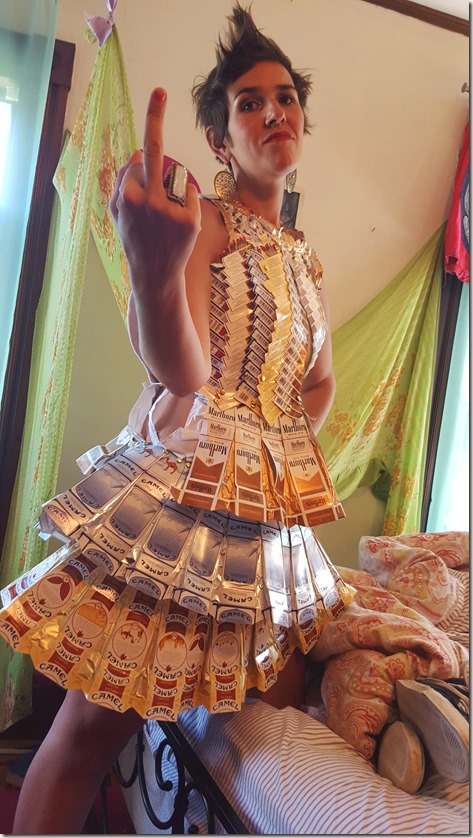The artistic community is used to defending ourselves against attacks on our freedom of expression from outside our ranks. Things that life clearly teaches us artists – that freedom of expression is essential, that censorship is wrongheaded, and that it is necessary to distinguish between representation and endorsement – are not always understood by those outside the arts.
As such, artists have a long and proud tradition of leading the fight for the unfettered expression of ideas that is central to any kind of society worth living in.
So it comes as especially disturbing news to have such censorship come from within an institution that exists so close to New England’s artistic soul – The Massachusetts College of Art and Design - the only publicly funded free-standing art school in the United States, and the place that many of us got our start down this merry path of poverty and good times.
We wish it weren’t true, but unfortunately it is. Talented Biennial Project collaborator and friend Maj-Britt Pedersen has been hard at work honing her considerable skills studying in the fashion department at MassArt, only to be censored in the presentation of her work by her own teachers.
This is just sad. In Maj-Britt’s own words:
“For the Spring semester of Sophomore year (mine was this past Spring), MassArt all fashion students are given an assignment to create a non-textile garment. This means a garment made out of something that is not fabric.
After brainstorming for some time, I chose cigarette packs. I have been a smoker since I was 13 so they play a part in my daily life. I didn't want to choose something "cute" or too easy. I feel cigarette packing holds incredible, ornate, iconic graphic design.

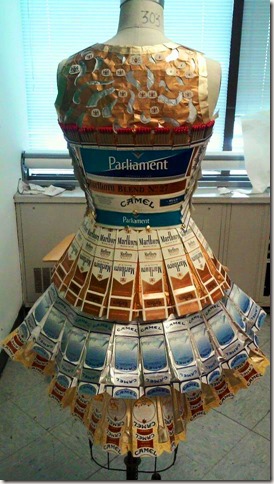
We were supervised closely throughout the process. Upon completion I received an "A" on my dress. I also received the honor of having it chosen to be in the 2015 MassArt Vision fashion show at The Park Plaza Castle.
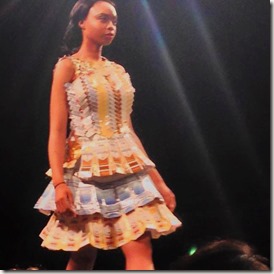
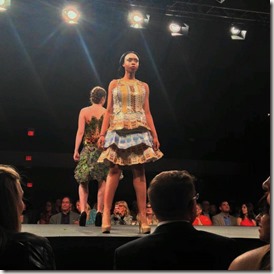
At the end of the semester, we were advised to hold onto our garments because we would have an opportunity in the fall to have them displayed in a storefront in Copley Place.
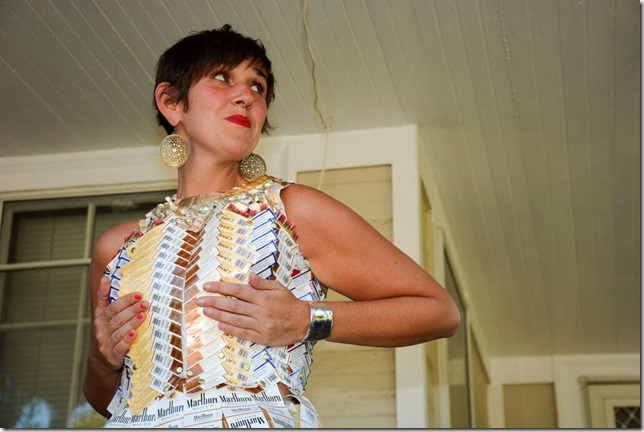
This past Wednesday I attended my department's fashion forum to gain information on the upcoming year. While there, some students were instructed to leave their dresses on the dress forms. I raised my hand and said how I was never informed to bring my garment, perhaps it wasn't chosen? Jane Avery of the fashion department responded that they decided that the material of my dress made it too controversial for display in a public space. But it's a beautiful dress. I shook my head and laughed it off.
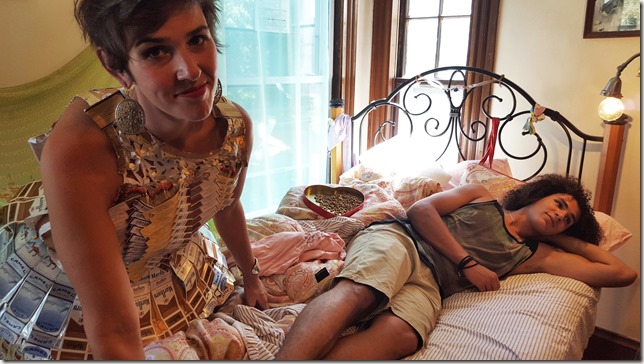
The following day I was more perturbed about the decision. In today's world of Donald Trump and heroin overdoses, how could a dress constructed of cigarette packs be deemed too controversial? Cigarettes are not illegal. Nowhere on the dress does it tell anyone they should smoke. In fact, the bust is made up of the warnings. I asked Jane Avery that afternoon for a specific reason. She replied she couldn't give me one. She mumbled something about children, said the faculty had decided. Mentioned if a dress had been made from guns, they would have decided the same thing. Then she said sorry in a sing song voice as if I were in kindergarten.
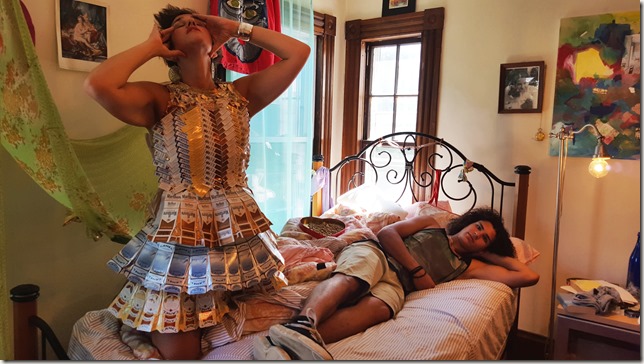
I personally don't think my dress is offensive, I don't think it would negatively affect children. I think it might make people laugh or perhaps strike up a conversation. Anyhow, I am being denied a great opportunity for exposure as well as losing confidence in my mentors' artistic integrity.”
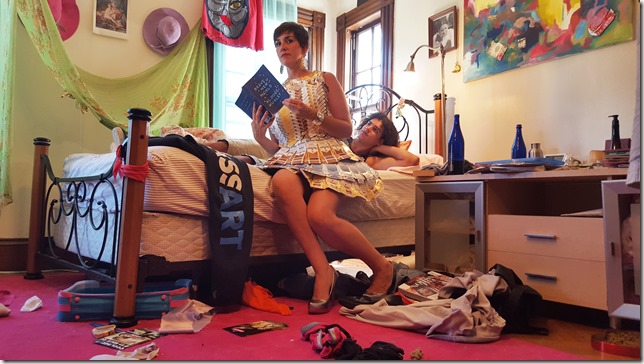
So, basically, the faculty of the fashion department at MassArt deemed Maj-Britt’s cigarette pack dress "too controversial for display in a public space". Denying her an opportunity to exhibit her work that is such a valuable part of art school. After choosing it for display in their fashion show. Thoughts?
